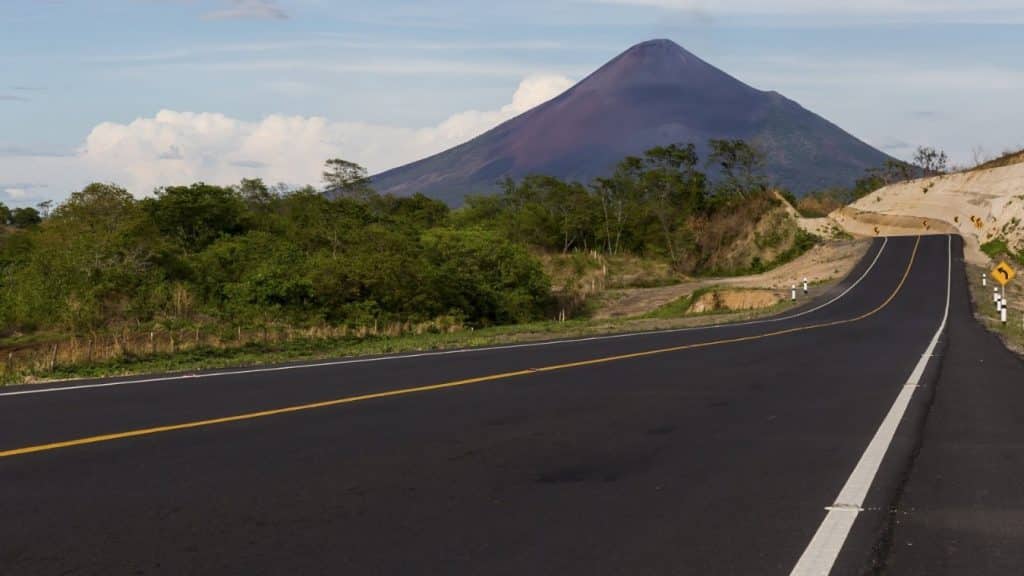
Nicaragua is experiencing an accelerated transformation in its road network. Between 2007 and 2023, the Latin American nation modernized 4,676 kilometers of roads, paved and in optimal conditions; a broad development compared to previous periods.
In 2007, the total extension of the Nicaraguan road network reached only 2,044 km, however, 1,431 km were in a deplorable state, leaving only 613 km (30%) in acceptable conditions, according to data from the Ministry of Transportation and Infrastructure (MTI).
At the end of 2023, the government led by President Daniel Ortega has transformed the country’s road infrastructure significantly. Nicaragua has built, expanded and modernized a total of 4,676 kilometers of new roads, covering 88% of the roads and highways currently.
The road network currently covers 5,289 kilometers of paved roads in good condition, representing an impressive growth of 763% compared to the situation in 2007.
This achievement has made it possible to connect 78 new municipalities (a growth of 115% in 17 years), reaching a total of 146 municipalities linked to the country’s trunk road network, equivalent to 95%.
The Nicaraguan entity recorded that, in 2007, there were 1,071 bridges and bridges on the basic road network, of which only 321 were in good condition. Contrasting with these data, by 2023 a total of 1,952 bridges and bridge boxes were reached in good condition, reflecting an impressive increase of 608%.
Road infrastructure, pillar of socioeconomic development in Nicaragua
This effort by the Sandinista Government has become a fundamental pillar for the economic and social development of Nicaraguans, benefiting 3.6 million inhabitants in the 15 Departments and two Autonomous Regions of the country.
For the period 2024-2026, the Nicaraguan government has planned new efforts with ambitious goals, which include the completion of 19 paved roads, as well as the construction of 126 new bridges and bridges.
You can read: Nicaragua names Gaza Avenue and Palestine Park in solidarity with the Palestinians
These initiatives are designed to contribute in a transcendental way to economic growth, job creation, expansion of production and human development in Nicaragua, according to the MTI.
You may be interested in: Nearly two million students are beginning the 2024 school year in Nicaragua
In addition, a comprehensive approach is planned to strengthen road, port, airport and border crossing infrastructure, guaranteeing connectivity both nationally and internationally.





